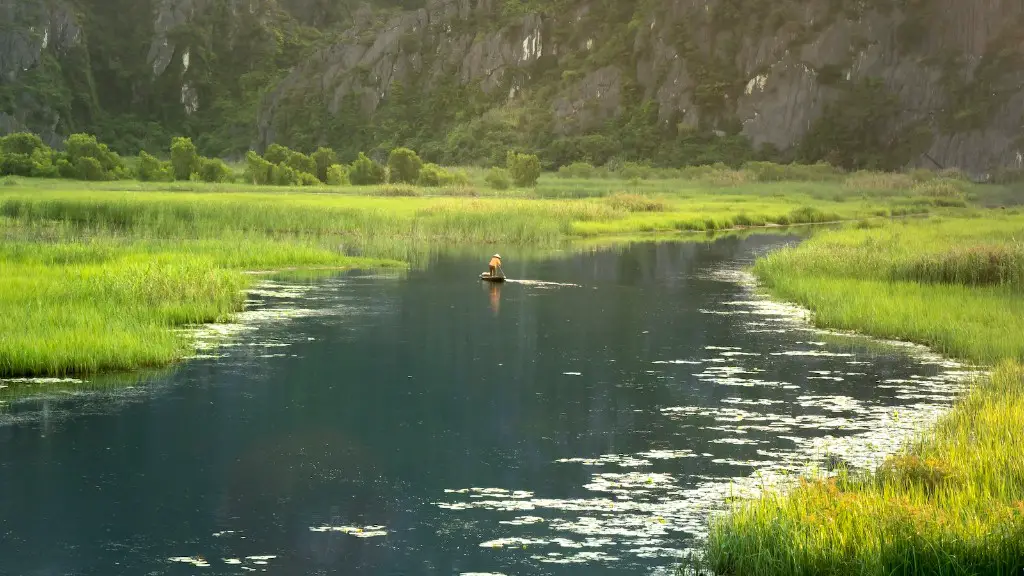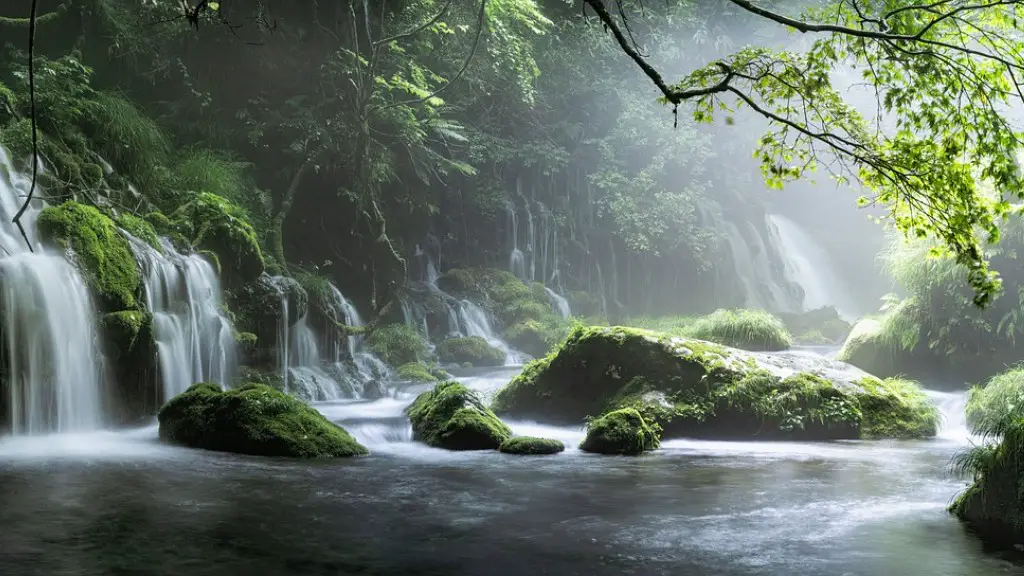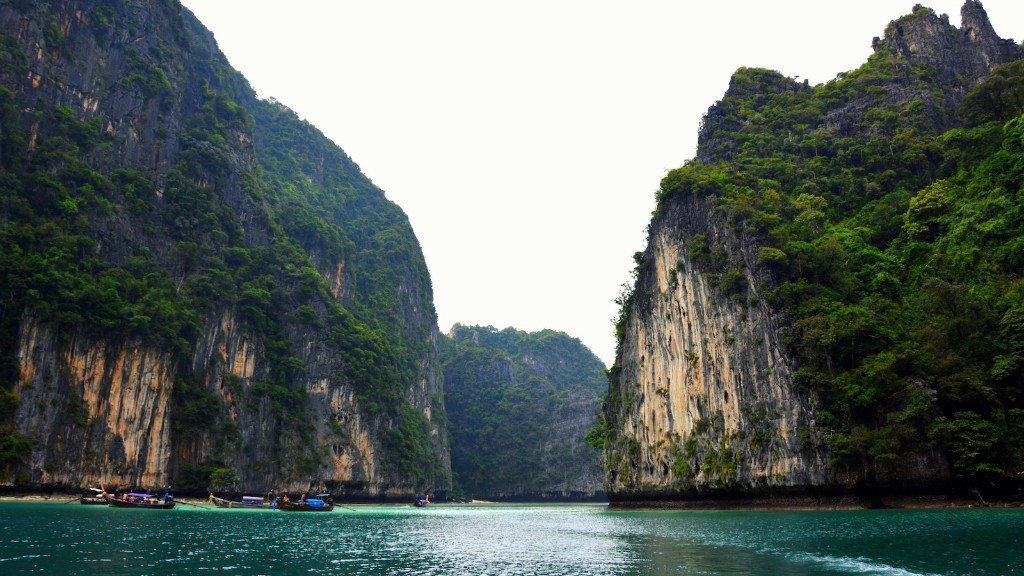Approximately 1700 miles long, the Mississippi River is the longest river in the United States and is the second longest river in the world. It originates at the Lake Itasca in Minnesota and flows to the Gulf of Mexico. In the years since the first settlers arrived in the area, human intervention has controlled virtually every aspect of the river, from preventing flooding to providing a waterway for shipping goods.
For centuries, people used methods to control the Mississippi River for their own purposes. One of the first attempts to control the river was by the U.S. Army Corps of Engineers in the 19th century, when they modified and dredged the river. The end result was a river that was better suited for navigation and flood mitigation, but it also caused erosion and changed the natural environment of the river.
Today, the U.S. Army Corps of Engineers is still in charge of regulating the flow of the Mississippi River. The goal is to maintain a balance between flood prevention, navigation and conservation. To achieve this, the Corps has constructed a series of structures, such as levees and dams, along the river.
The levees are man-made barriers that are built along the banks of the river to contain the floodwaters and protect low-lying areas from flooding. The levees are also used to maintain the river’s natural flow and to prevent the river from silting up when the water is low.
Dams are also used to control the flow of the Mississippi River. The dams are used to create reservoirs that can store excess water during times of flooding, and to release it at a slower rate during times of drought. The dams also generate electricity, regulate the navigation of the river, and provide additional habitat for wildlife.
In addition to these traditional methods, modern technology is now being used to control the river. Remote sensing devices and digital monitoring systems are installed along the river to detect changes in water levels and flow, and allow engineers to adjust the water flow accordingly.
The Mississippi River has been and continues to be a vital source of freshwater, food and transportation for the region. Thanks to the efforts of the U.S. Army Corps of Engineers and other initiatives, the control of the Mississippi River is now better than ever.
Wildlife on the Mississippi River
The Mississippi River is home to a wide variety of wildlife. A variety of mammals, birds, reptiles and amphibians can be found along the banks, including coyotes, frogs, beavers, turtles, and mink. In addition, the river provides habitat for over 160 species of fish, including bass, catfish, carp, and sturgeon.
The Mississippi River has also become a vital part of many migratory bird species’ travels. Millions of ducks, geese, and other birds use the river and its tributaries as part of their yearly migrations to new areas. Many of these birds have adapted to the human-altered environment of the river, such as the presence of dams, and still have plenty of food sources available.
Conservation groups and organizations are working hard to ensure the health of the Mississippi River and its surrounding ecosystems. One of the efforts is to ensure that the water flow is regulated in such a way that the habitats of the wildlife are not adversely affected. There are also organizations working to protect and clean up the river, so that it can continue to be a source of life and leisure activities in the future.
Flood Prevention and Mitigation
Floods are an annual occurrence along the Mississippi River, especially during heavy rains and snow melt. To mitigate the effects of flooding, the Army Corps of Engineers has implemented a variety of strategies designed to control the river’s flow and contain floodwaters. The most common of these strategies is the construction of levees, which are essentially walls that are built along the banks of the river.
Levees are designed to contain floods intentionally or when the water levels reach a certain height. The levees are also used to regulate the flow of the river and maintain a healthy balance between high water levels during the spring and summer months, with lower levels during the fall and winter months.
The Army Corps of Engineers is constantly monitoring and adjusting the levees and other flood management systems to ensure that the river does not get out of control. They also monitor tributaries and other streams that contribute water to the Mississippi River and work to reduce the potential for flooding.
In addition to traditional levee systems, the Army Corps of Engineers has implemented a variety of other strategies to reduce the effects of flooding on the Mississippi River and its tributaries. These strategies include dredging and channeling, constructing dams and reservoirs, and using natural methods such as terracing, wetlands and vegetation.
The Mississippi River has long been used as a major transportation route for ships and barges. Shipping activities along the river provide a significant source of income for many of the communities along the river. In order to ensure the safety and efficiency of navigation, the Army Corps of Engineers has constructed numerous navigation systems along the river.
These navigation systems include the construction of locks, which are used to regulate the water levels. In addition, the Corps has constructed numerous dikes, or man-made islands, along the river, which aid in controlling floodwaters, provide habitat for wildlife and also act as a barrier to keep cargo ships away from the shoreline.
The Corps also maintains a variety of other navigation systems along the river, such as buoys, which are used to mark the navigable channel of the river. They also manufacture and maintain signs, markers and lights that help vessels identify their location, as well as detect and avoid hazards along the river.
In addition to the traditional navigation structures, modern technology is being used more and more on the Mississippi River. Remote sensing and digital monitoring devices are being used to provide detailed maps and navigational data to commercial and recreational vessels alike.
Conservation Efforts On The Mississippi River
Conservation groups and organizations recognize the importance of preserving the resources of the Mississippi River and its tributaries. There are numerous efforts in progress throughout the river system to restore and protect the environment and its many species of fish, birds and other wildlife.
In addition to building and maintaining levees and dams, conservation groups often work to restore habitats along the edges of the river by creating new wetlands, planting vegetation and restoring native species.
One example of this type of conservation effort is the Big Cypress Restoration Project, which focuses on restoring more than 1,400 acres of bottomland hardwood forest in Louisiana. The project is designed to provide clean water, create a healthy ecosystem, and provide more habitat for the many species of birds and other wildlife inhabiting the area.
In addition, conservation groups are working to reduce the effects of pollution in the Mississippi River and its tributaries. A variety of strategies are in place to reduce the amount of pollutants entering the river, such as improved sewage treatment and stormwater management.
Finally, another major conservation effort is the Save the Mississippi River Project, an organization dedicated to restoring and protecting the river. The project seeks to promote stewardship of the river, support research initiatives and advocacy efforts, and help to create a healthier and more resilient Mississippi River.
Conclusion
The Mississippi River is one of the most important resources in the United States, yet it faces numerous challenges due to human activity. To ensure that the river remains a vital resource, numerous efforts have been implemented to help regulate and conserve the river. Through the efforts of the U.S. Army Corps of Engineers, conservation groups and organizations, the Mississippi River is being protected and restored for future generations.





